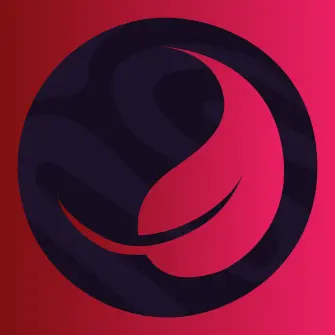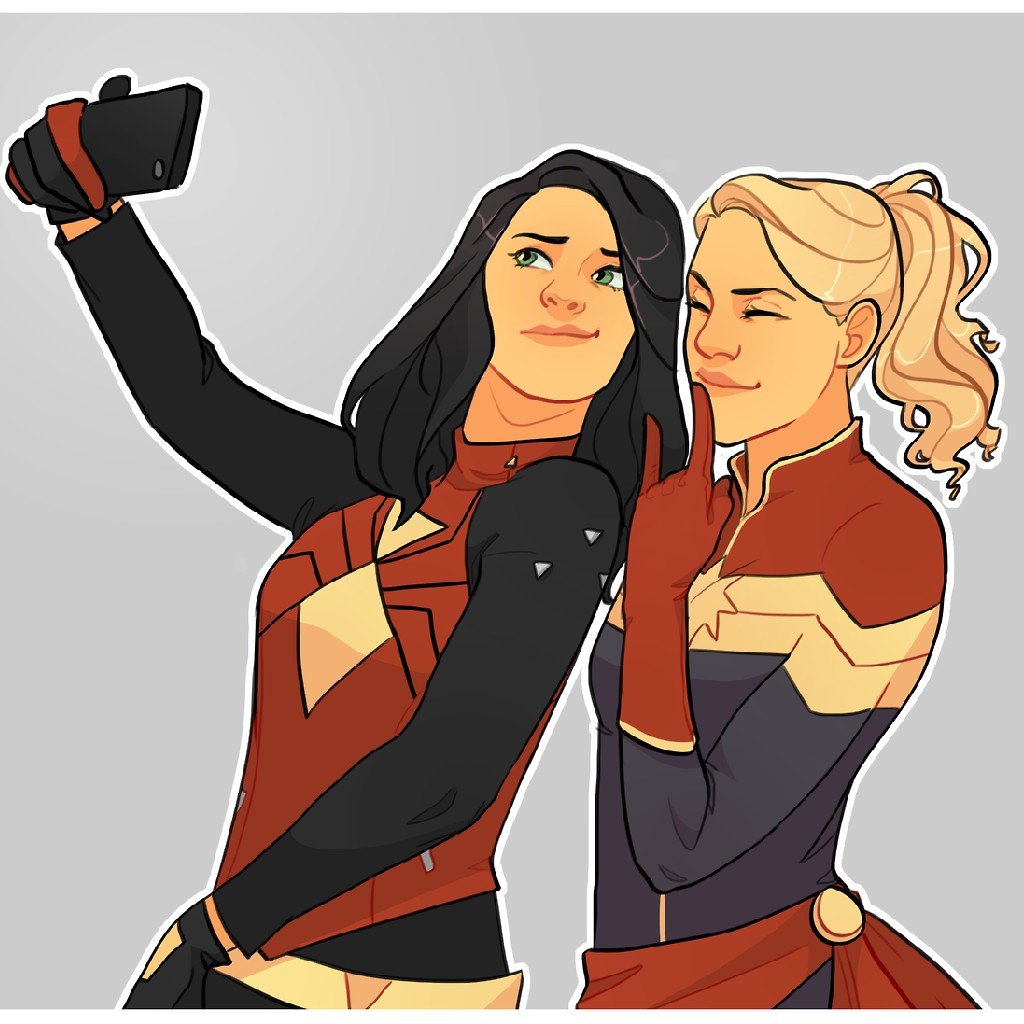Hands up if you just held your wrist while turning it to see if you could feel the bones cross
🙋 (idk of emojis work here, but I posted the android dude woth his hand up).
Now I want every emoji on the internet followed by a brief explanation of what it is
Worked for me.
Yeah, and I’ve done it plenty of times including with everyone else in a biomechanics class
It’s not that scary. It’s not bending or anything, it’s just the larger bone swinging around the smaller stationary one. Joints pivot and move
Fun fact, being in pronation for long periods of time can put pressure on forearm muscles and restrict blood flow, causing RSIs. It’s why a lot of ergo keyboards are tilted upwards towards the middle.
On the other hand (hah), pronation is super useful for throwing athletes - especially pitchers. Pronating during a pitch gives the ball a spin, which makes it fly faster. But it also reduces pressure on the shoulder by using the forearm muscles as a natural shock absorber.
The latter demonstrates one reason why we are “built like this”. It’s a very useful mechanism for survival, tool use, and agility. The former demonstrates one reason why our physiology is NOT “built for” for computer and office work.
Doesn’t it make it fly further, not faster? Not sure if they’re the same thing here, because I thought the spin counteracted some of the forces of gravity rather than just speeding up the ball so it went further before gravity got it down.
What do y’all expect exactly? A ball bearing??
Maybe a ball and socket situation like the shoulder
But your shoulder doesn’t move like your forearm, does it? It only rotates in place, with a limited range. It can’t completely flip like your forearm. Your muscles lock it in place, because they have to when it’s in a ball and socket configuration, because the muscles are how you move the limb around in the socket, and there are a lot of insertion and origin points near or around that socket, limiting the range of movement there.
If you want to be able to completely flip the limb, you have to make it so that the parts can move against each other more freely along with the muscles, which a criss cross configuration like this allows for, because the part that moves the most, aka the part where it criss crosses, is where there are less insertion and origin points. That way the positioning of the muscles doesn’t inhibit the movement.
I use a ball bearing to rotate my pfp.
As an engineer, it’s actually a really useful way to do it. Extra stability and comfort in rotation without any loss of control
The question “why are we built like this”, appears to imply a builder, of which there is none. We evolved this way, along with many other species. And on some level that actually had some randomness which in combination with real world fitness testing drove our evolution. Or you could take a short term view and say that you were “built” like this because your parents had sex, and these were the genes that combined to make you.
“What advantage or chain of events caused this seemingly bad design to dominate?” Is that better?
dementia
Dementia is a state of failure that is unlikely to have severe negative effects on ability to reproduce.
Are you aware of the means by which natural and sexual selection occur and ultimately lead to speciation or are you simply applying Christian thinking to atheism?
What are we talking about again?
“But God made us in his image”
Yeah? So why is my pleasure noodle, and my piss faucet the same organ? Why is my partners faeces dispenser an inch away from her baby cannon? When she gave birth, why did it rip open? Why, as a man, do I have nipples?
If this was all “built like this” I would like to have a go, because this seems like a beta test which received a failing grade.
LoL, have at, Bruh! Doubtless you’ve got this one. Def. no unintended consequences will result. Blah ha ha hahhaaaaa
Hey, I’m an ideas guy, not an engineer. When I say combine the waste organs and leave the sex organs to be sex organs, that’s the engineers job to figure out.
deleted by creator
dementia
deleted by creator
my hand fucking started hurting a little after seeing this AAAAHHHH
If you keep turning your wrist, which bone will break first? Is it random, can they have different levels of bone health, or does one of them have a mechanical advantage?
Firstly your shoulder would follow the rotation for as long allowed. Then something would be dislocating, but whether it would be the head of radius or your shoulder I cannot tell. From there you get a whole lot of soft tissue injuries.
If you’d somehow continue to pronate (rotate your hand “inwards”) and fixated your upper arm, you’d probably get a fracture of the proximal ulna or distal humerus, as they are rotationally fixed to eachother.
Note, I have not tested this. This is only my intuition, as someone who knows a bit of anatomy and medicine.
Probably has a lot to do with the position of your arm as well i.e. elbow bent, arm straight out front, to the side like a T-pose, disembodied arm being fixed and twisted in a macabre “science” machine, etc.
My first thought is it would be something like this (https://radiopaedia.org/articles/chauffeur-fracture?lang=gb) . According to radiopedia, that fracture came from the crank handle, of an old fashioned crank start car, reversing and impacting the dorsum/ back of the wrist. Additionally they use terminology, e.g. dorsiflexion? instead of extension, and abduction? instead of radial deviation which is a bit different than I was taught, and taught to others. Tho’ that mechanism doesn’t seem to be what I recall from school. In the off chance that I’m correct, as I recall the fracture occurred when one wrapped one’s thumb around the crank handle, such that when the engine started the thumb would provide leverage against the radial styloid process. I’ve met people who own such antique cars, and have never heard of any of them making this mistake. So to answer your question, it’s not random, few things actually are. It’s the radial styloid.







